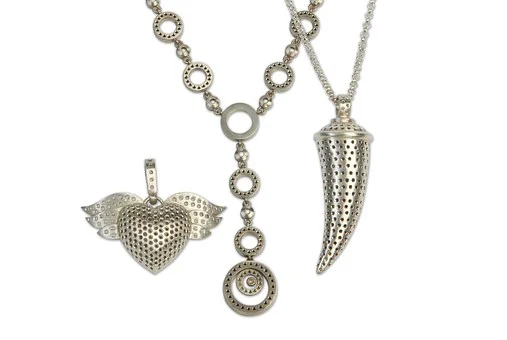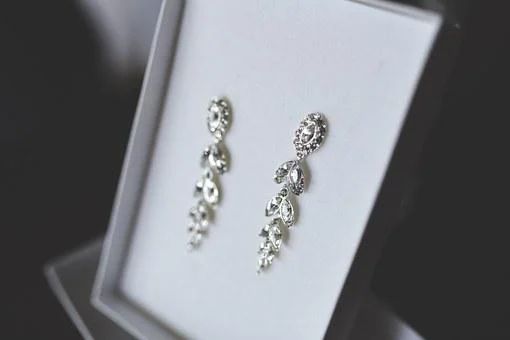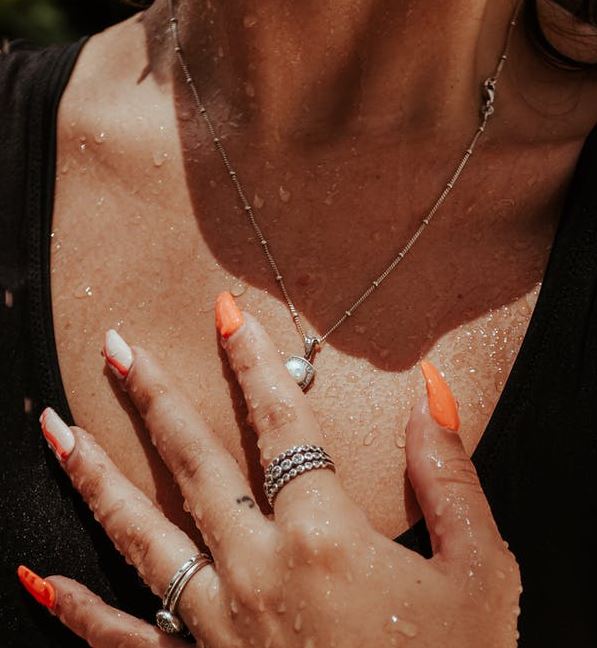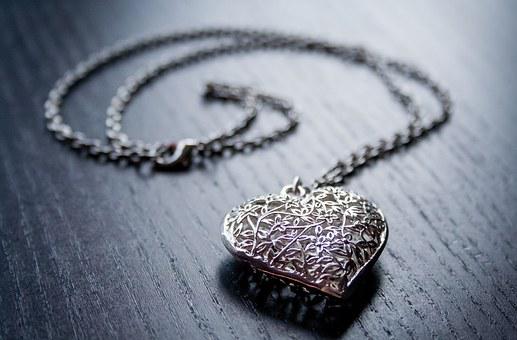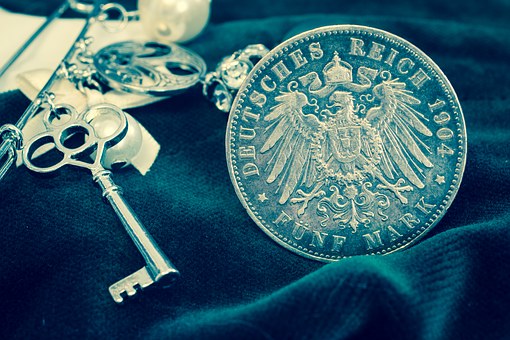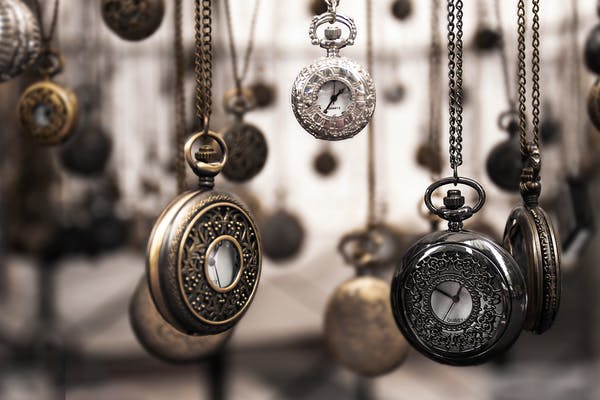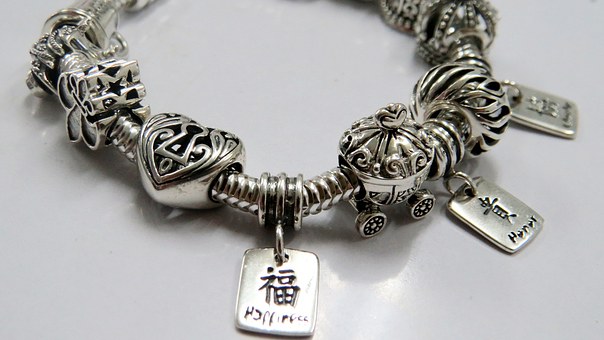Silver is the most common valuable metal among the many minerals. Due to its characteristics, it has been essential in many facets of civilization from ancient times. It has been used to create jewelry, service ware, and a variety of other products.
Silver needs to be reinforced with other metals since it is too soft to be utilized in manufacturing. Silver is made harder by copper, but copper tarnishes easily and dulls jewelry when exposed to air, water, or other factors. The best silver is sterling silver, which has a precious metal content of 92.5 percent.
Probably many people do not realize that there are several kinds of silver. The market offers a wide variety of silver products. You don’t automatically assume you’re buying sterling silver jewelry when anything is described as “silver.”
So, how can we determine the silver item’s grade? The simplest way to determine the silver item’s grade without testing tools or chemicals is to check for hallmarks – the minute markings on objects, which are typically found inside rings, on necklace clasps, or the backs of plates.
Silver Alloys
The base metals that are typically alloyed with silver are non-precious, whereas silver is a soft, precious metal. This implies that an alloy is softer and more expensive the more silver it has. A genuine silver product will frequently (but not always) have a quality stamp to indicate how much silver was used to create it.
1. Fine Silver
The metal that, in terms of purity, comes closest to the element silver is fine silver. The quality stamp mark 999 stands for purity at 99.9%. Trace elements, which are present in very minute levels, make up the remaining 0.1 percent. Fine silver has a vitreous sheen, whereas sterling has a bright luster. It looks brighter and grayer. It is very tarnish-resistant, requires no soldering, and is easy to form and hypoallergenic. The ideal applications for fine silver include necklaces and stud earrings. Fine silver is so delicate that it can easily be dented, scratched, and warped. Due to the short lifespan of the jewelry, consequently, it is less frequent.
2. Sterling Silver
Sterling silver is the gold standard for jewelry in many countries. The alloy is 92.5 percent silver. Copper normally makes up the remaining 7.5%, though other metals like nickel can also be used. Although it is dazzling and bright, it will eventually tarnish but with the use of readily accessible polishing products, tarnish can be removed with ease. Sterling silver is still a soft metal when compared to other metals while being more resilient than fine silver. The jewelry will scratch or dent if it is beaten around, but it is possible to repeatedly solder, shape, and anneal sterling silver. The most popular quality stamps for sterling silver are 0.925 and STG. Sterling, Ster, and SS are also used.
3. Argentium silver
Alloys that don’t tarnish are a more recent product on the market. The most well-known non-tarnish silver is the Argentium. Its silver content is either 93.5 or 96 percent, with the remaining material being a special mixture of germanium, zinc, boron, and copper. The alloy is more durable and tarnish-resistant because of the germanium in it. The main benefit of Argentium is that it doesn’t tarnish, but it’s also important to note that it can be fused without solder. The trade-off is the cost. Sterling is significantly cheaper and easier to find than Argentium. The common quality stamps for Argentium include Argentium, Silvadium, Sterlium, or Sterilite.
4. Brittania silver
Brittania silver is an alloy with a higher silver content than sterling silver, at 95%. Copper is frequently used as the base metal that makes up the remaining portion of the alloy. The most typical marking for Brittania silver is Brittania, 950 and .958. Britannia was unpopular with many people since its products were softer and less durable than those made of sterling silver. Some contemporary jewelers still sell items made of Britannia silver, especially in the UK, however, it is uncommon to find this kind of silver for sale in the US.
5. Coin silver
Coin silver used to be a more common alloy in most places. It is getting harder to find, and people are getting confused by the term. Coin silver is officially referred to as 0.900 silver, which means it contains 90% silver and 10% copper. This durable silver coin alloy was also known as standard silver, although it was duller and more tarnish prone. Coin silver got its name because metalsmiths used to create items out of melted-down scrap coin metal. When the phrase was first used, coins were made of more valuable metals than they are now.
6. European silver
European silver also referred to as continental silver, doesn’t have enough silver in them to qualify for the sterling quality stamp. An 800, 825, 830, or 850 mark denotes a silver content of 80, 82.5, 83, or 85 percent, respectively. French silver, which is either 90% or 80% silver, and Dutch silver (83.5 percent or 80 percent silver) are some examples. Today’s market does not have as many of these forms of silver. However, several European jewelers continue to create items following their customary criteria for silver quality.
Silver coatings
A piece of jewelry can have a dazzling silver appearance even if it is not made from a solid silver alloy. It can be created from less expensive base metal and then covered in a layer of silver.
1. Silver-filled
Silver filled is a brass core that has been fused with 5 to 10 percent sterling silver by weight using pressure and heat. Since this metal is relatively new, there are no US standards for it. Silver-filled cannot be cast since it is a layered metal. Although it might not seem like much, silver-filled is the best and thickest type of silver surface coating that is currently available. The common silver-filled quality stamps are Silver-filled or SF, 1/20 and 1/10.
2. Silver plated
Silver-plated jewelry is created by dipping items composed of base metals into a liquid solution for silver plating, which coats the items with a little layer of silver. This cheap silver plating easily rubs off, exposing the base metal, which tarnishes and causes more discoloration. On a positive note, silver plating is far less expensive than other silver jewelry metals. They’re a wonderful option for experimenting with new trends and fashions because they will still look authentic for the first few times. There are several different grade stamps for silver plating, including silver plate, silver plated, SP, quadruple plate, EP (electroplated), and EPNS (electroplated nickel silver).
Fake Silver
Not all metals that appear to be silver are. Even though they don’t contain any silver and lack a quality mark, some non-precious metal alloys are frequently referred to as different kinds of silver in the jewelry industry. For instance, tribal silver and Tibetan silver are used interchangeably in the jewelry industry. Both are devoid of silver but may still include lead or other potentially harmful elements. The way these two metal alloys are advertised is the only distinction between them. Tribal silver is a term used to describe items with patterns and designs inspired by Native American or African traditions. Likewise, jewelry with Buddhist and Eastern motifs and symbols is more likely to be marketed as Tibetan silver.
Another example of fake silver is Nickel silver, also known as German silver and Alpaca silver. The pros of nickel silver over other alloys, which may be too brittle or too soft, include its affordability, durability, and ease of shaping into jewelry pieces. Because of these factors, nickel silver is frequently used in costume and fashion-quality jewelry, either as finished goods or in combination with a thin layer of actual silver.
Conclusion:
Whatever its makeup, silver jewelry is stunning. Simply being aware of the compositions that intrinsically make it more expensive, the jewelry-making processes that can degrade the quality of the silver, the causes of silver sensitivity, and how to care for your jewelry are all that consumers usually need to know. Silver jewelry that has been properly maintained is not only lovely but also, if well-made, may last a lifetime.

